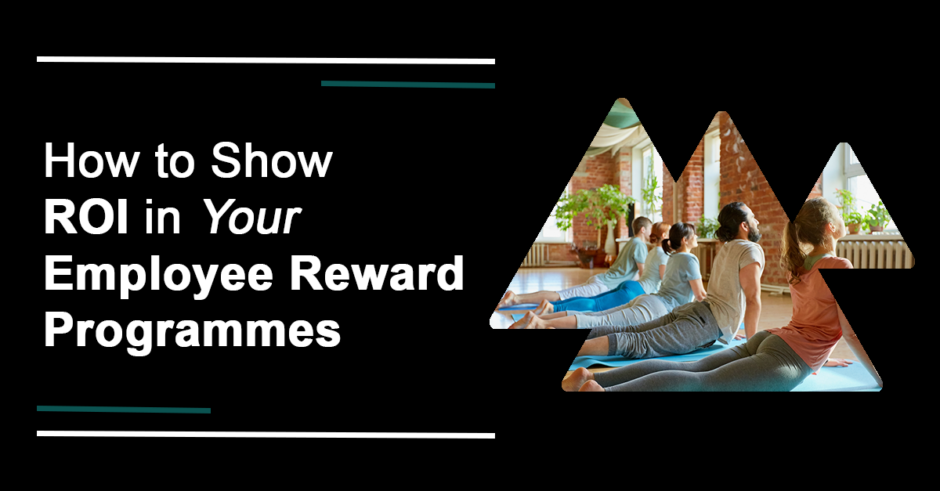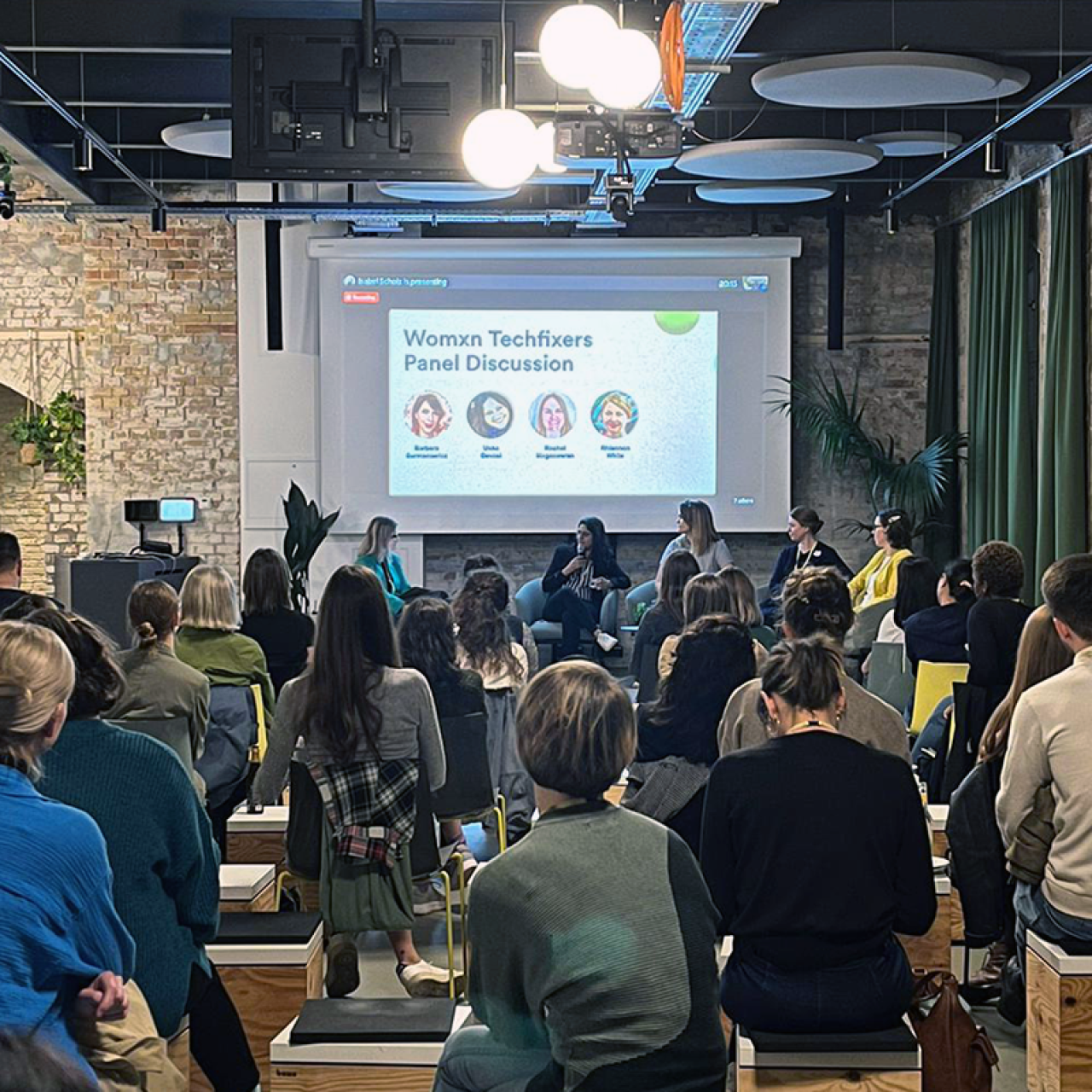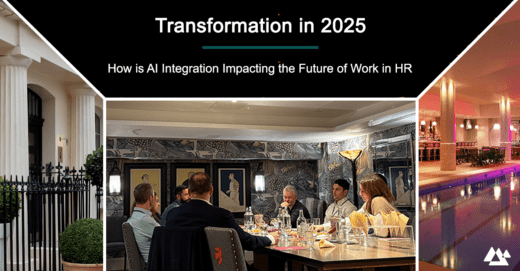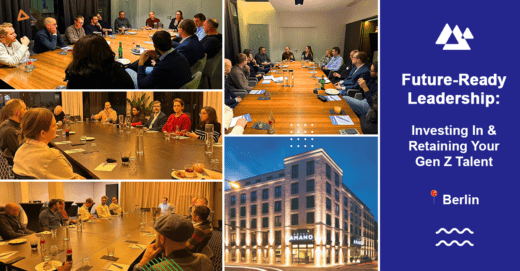Employee reward programmes have undergone a resurgence, following on from the challenges thrown at businesses post-COVID-19. No longer seen solely as a way for an organisation to recognise their employees and the work undertaken, but also, a talent attraction and retention method.
However, as reward programmes aren’t tangible products in isolation, it can often be hard for Reward Directors to show the ROI of the programmes to board members, causing issues when it comes to requesting increased budgets and team members, or extra incentives to be added to bolster the offering.
Where does the ROI lie within these programmes? How can we present this to the board in the clear, business-driven language they’ll instantly understand?
Understanding the need for ROI
HR still sometimes battles an outdated perception of being “soft” or lacking data-driven impact. Without clear metrics, gaining board-level approval for bigger budgets, larger teams, or enhanced programmes can feel like an uphill battle.
With this in mind, you must be able to define the ROI your actions bring to the organisation in order to demand both respect and resources. The days of ‘HR wanting a seat at the table’ may be slightly behind us, but we must ensure we continue to talk the business language…money.
How to find the ROI in your reward programme
When uncovering the ROI of your employee reward programmes, start by examining key performance metrics that correlate with the business’s objectives.
We recommend assessing areas such as:
- Employee attrition
- Sick leave
- Employee Engagement surveys
- Company reputation
- Talent attraction ability
Employee Attrition
Employee attrition refers to the reduction of a company’s workforce due to employees leaving, either involuntarily or voluntarily. This is one of the easiest areas to immediately demonstrate ROI, as you can quantify its value.
Simply compare the attrition rates pre- and post-implementation of the employee reward programme, then multiply the reduction by the average cost to your organisation to replace the employee. This will give you a figure that categorically quantifies how much the reward programme has saved the company since its inception.
You can also take your ROI analysis one step further by segmenting it based on employee value.
Not all talent pools are created equal. For example, experienced engineers are often harder to find and replace than sales professionals due to the more limited talent pool and technical expertise required.
This means the cost of losing (and the value of retaining) an engineer may be significantly higher than that of other roles. By breaking down the impact of your reward programme by department or role type, you can uncover which areas are benefiting most and where the programme is delivering the greatest return.
Sick Leave
Employee wellbeing is directly impacted by recognition and reward schemes. Gallup research found that engaged employees had 41% lower absenteeism, highlighting the importance of creating an engaged workforce.
Track trends in sick leave data before and after introducing your employee rewards programme – if there’s been a notable decline, this is a powerful business case demonstrating healthier, happier teams, which, as we found out in our recent podcast episode with Estelle Hollingsworth, CPO at McArthurGlen Group, drives profitability too.
When leaders invest in their teams’ wellbeing, it also leads to better work and stronger results.
The decline in sickness percentage can then also be used to suggest that the company gained that much in productivity too, which is crucial to business success, as highlighted by the same Gallup study – companies with highly engaged employees are 21% more profitable.
Employee Engagement Surveys
If you’re leading employee reward schemes, it’s highly likely that you also run annual or bi-annual engagement surveys to measure the sentiment changes amongst your workforce.
You can use these surveys to monitor the changes in sentiment since the implementation of the schemes and feed these back to the board to represent the change in employee culture.
But don’t stop at the long view.
Pulse surveys (shorter, more frequent check-ins) can be used to capture real-time sentiment and assess the short-term momentum of your reward initiatives. They help you identify quick wins, spot emerging concerns early, and iterate your approach before small issues become big problems.
Crucially, they also give you a narrative for the boardroom. You will be able to explain not just what’s changed over time, but how quickly your programme is making an impact, making your case for continued investment even more compelling.
Company Reputation
Employer branding is critical in a competitive talent market, and employee reward programmes can significantly boost the ratings your company collects on online forums such as LinkedIn, Glassdoor and Indeed.
The better your ratings on these sites, the better your chances are for securing the best talent, supporting the business in its goal to scale.
Monitoring your ratings and qualitative feedback before and after implementing reward initiatives to get an idea of how successful your schemes are in impacting the perception of your company in the public eye and by potential talent.
Talent Attraction Ability
As mentioned at the beginning of this article, employee reward programmes aren’t just used to retain talent anymore, but also to attract it.
With so many organisations offering a form of employee benefit packages, it’s more critical than ever to ensure your programmes are fitting for the market and competitive. This involves heavy market research, otherwise, you risk being behind competitors.
Monitor the offer acceptance rates, time-to-fill rates for vacancies, and average recruitment costs to get an idea of how successful your employee reward programme has been in attracting new talent to the business.
An example of where this fits business goals is if the organisation set out to reduce their operating costs by 20% over three years, and your reward programme has reduced hiring costs by 37%, compare how much of a dent to the 20% overall cost running this has improved.
But be careful, clarity is key here.
If candidates can’t easily see the value of your rewards during the hiring process, you risk missing out on top-tier talent before you’ve even had a conversation.
Presenting ROI to the Board
Once you have your data points, presentation is everything. Typically speaking, boards are interested in just a few critical areas:
- Financial impact
- Risk mitigation
- Alignment to business objectives/ strategy
Use simple, jargon-free language, and frame your outcomes in financial terms wherever possible. Visual aids like charts, before-and-after graphs, and cost-saving summaries make your case even stronger, too.
One example we love is:
By investing £X into the employee reward programme, the business realised Y% reduction in sickness leave, realising £Z in cost savings and productivity gains, achieving a return of W% within 12 months.
Final thoughts
Showing ROI in your reward programmes isn’t just about justifying spend, it’s about proving that employee experience directly drives business success.
In today’s climate, where every budget line is under scrutiny, reward directors who can fluently connect people’s strategies to financial outcomes will not only safeguard their initiatives but also elevate their strategic importance within the business.
Don’t let your employee reward programme’s success be the best-kept secret in your company. Datafy it. Celebrate it. Scale it.
______________
Looking to hire someone who can design and deliver a high-impact reward strategy from the ground up?
At Annapurna, we’re a trusted search partner with specialist consultants who know the reward sector inside out — and have access to the top talent shaping it. Let us help you build a programme that sets you apart in a competitive market.
Find out how we can support your next hire here.




